June 15th, 2022
For Pride Month 2022, we are excited to share profiles of 2SLGBTQIA+ community members as a part of the series 2SLGBTQIA+ and living in Waterloo Region.
These 2SLGBTQIA+ community members share about their identities, passions, and lived experiences. These profiles offer advice to students, hope for the future of education and what it means to belong.
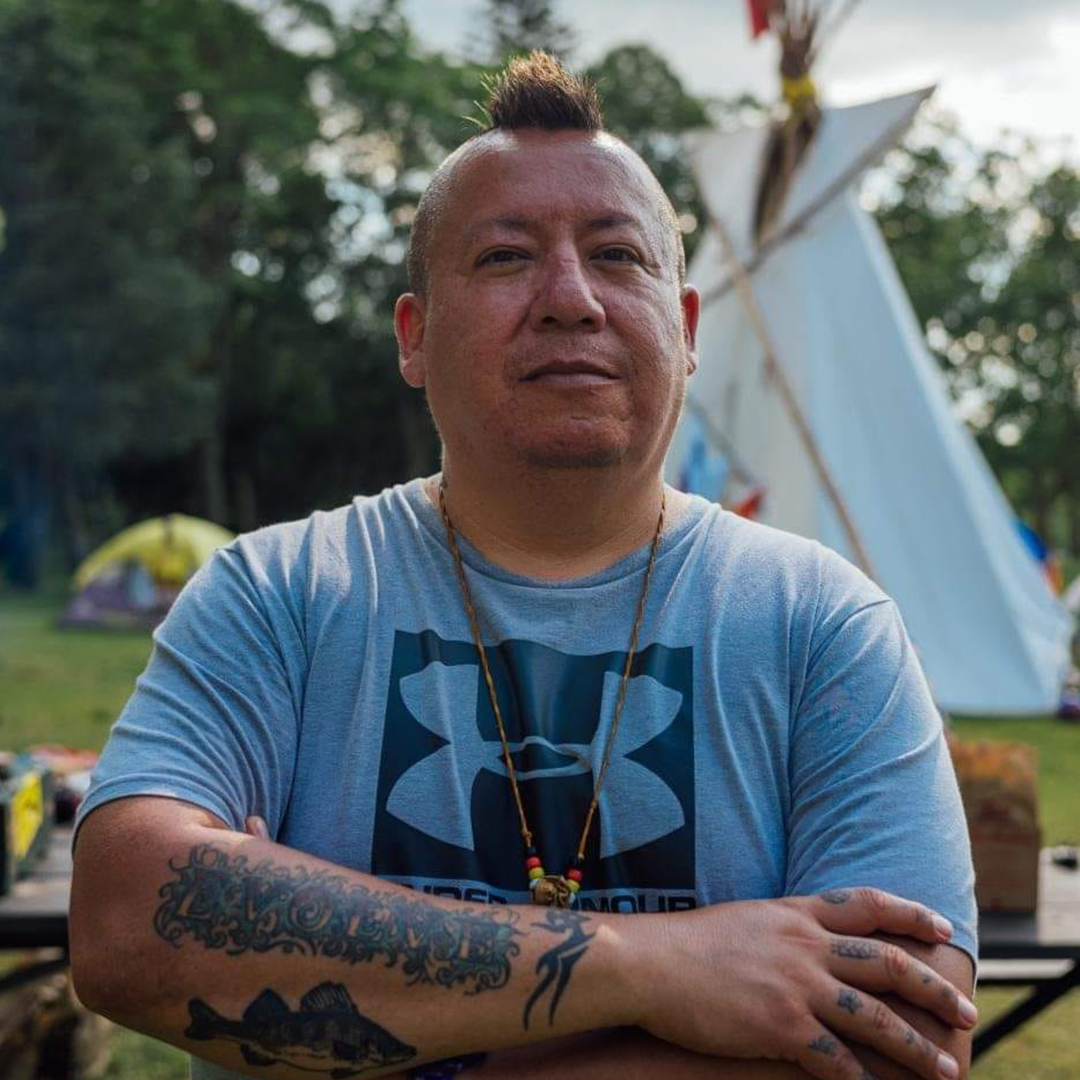
Bangishimo
Artist & Community Advocate
Tell us about yourself
“I am an IndigiQueer Anishinaabe originally from Couchiching First Nation. I identify as IndigiQueer because it acknowledges my Indigeneity and Queerness. These two parts of me intersect and define who I am today. They empower me and bring balance.”
What’s the best thing about being queer?
“We are unique. We are diverse. We are community and family. I joined a Queer youth group at the age of 16 and some of the folx I met there are my best friends today. Over 25 years of friendship and support. They have seen me at my worst and have been there cheering me on my accomplishments. That’s what I love about being queer, the friends I made along the way.”
What advice would you offer to 2SLGBTQIA+ identifying youth?
“This is a beautiful journey you’re on. You get to learn so much about yourself and that’s a lifelong experience. Ask for help when you need it. Look for your support people and spaces. They do exist and they are out there. You are not alone. Chin up! You got this.”
What advice would you offer to non-2SLGBTQIA+ youth who want to create a safer space?
“Know when to step forward and when to step back. Stand up for us even when we’re not in the room. You are helping create safe space, so pass the mic to those that need it.”
Did you have a favourite school staff member growing up, and why?
“Mrs. Bloomfield from Grade 2. She was nice and that’s what I remember most. She was always smiling and happy, and that made learning fun.”
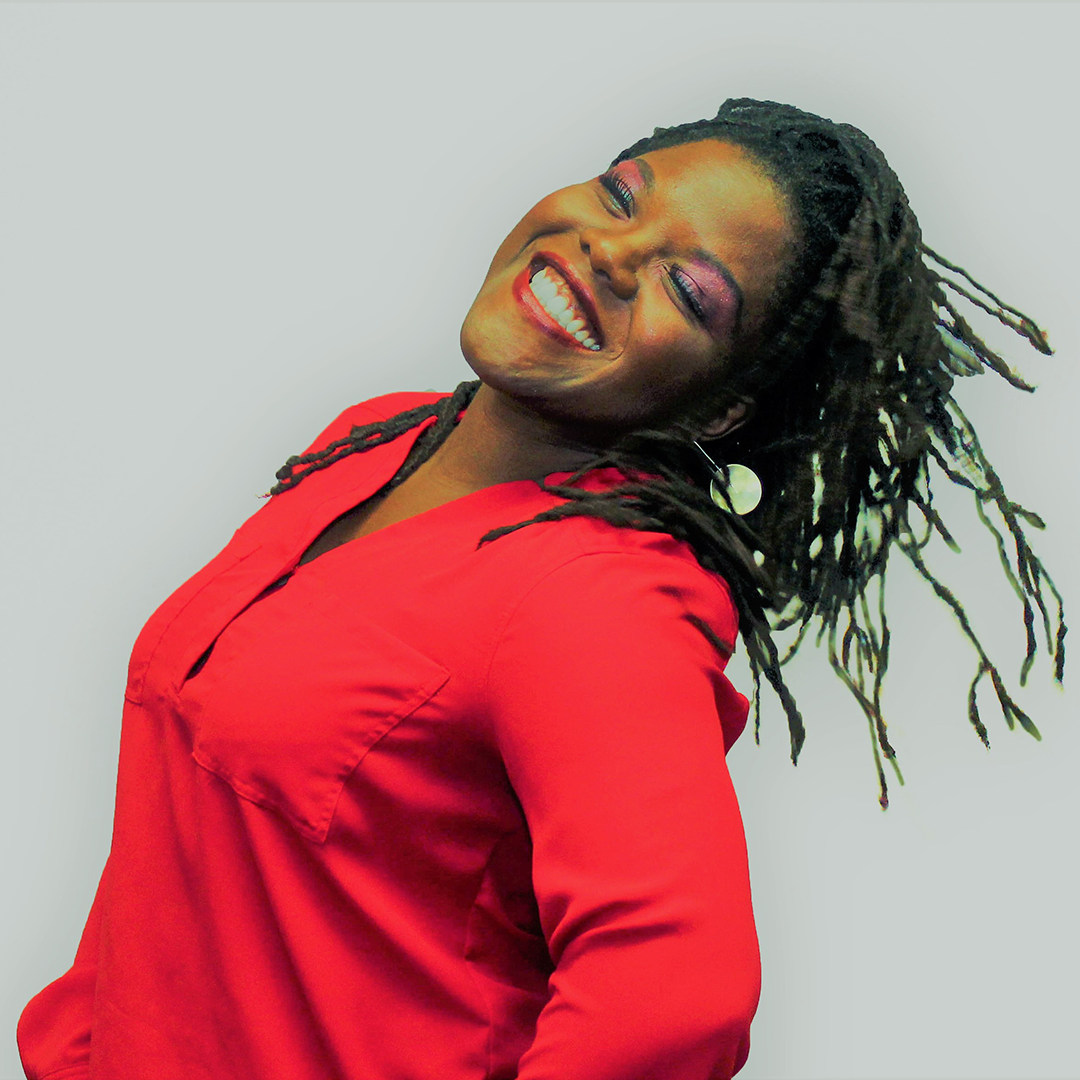
Ruth Cameron
Queer Mom and Community Advocate
Tell us about yourself
“I identify both as queer and as a lesbian. Sometimes I don’t use lesbian anymore, because unfortunately, some TERFs [trans-exclusionary radical feminists] identify really strongly with the lesbian label and use it to exclude trans and genderqueer people.”
What’s the best thing about being queer?
“Everything. I love being me.”
What advice would you offer to 2SLGBTQIA+ identifying youth?
“Please hold on. Honour yourself and love yourself. If you haven’t found safe friendships and safe adults to be around, please hold on. Keep looking for the true friends, and safe helping adults.”
What advice would you offer to non-2SLGBTQIA+ youth who want to create a safer space?
“Being a good friend means really listening to friends who are 2SLGBTQIA+, and following their lead when it comes to making a safe space. Making a safe space might mean challenging a comment if it is safe to do so, or keeping quiet and just supporting your friend!”
Did you have a favourite school staff member growing up, and why?
“Drama teachers, English teachers and librarians for the win! They see us!”
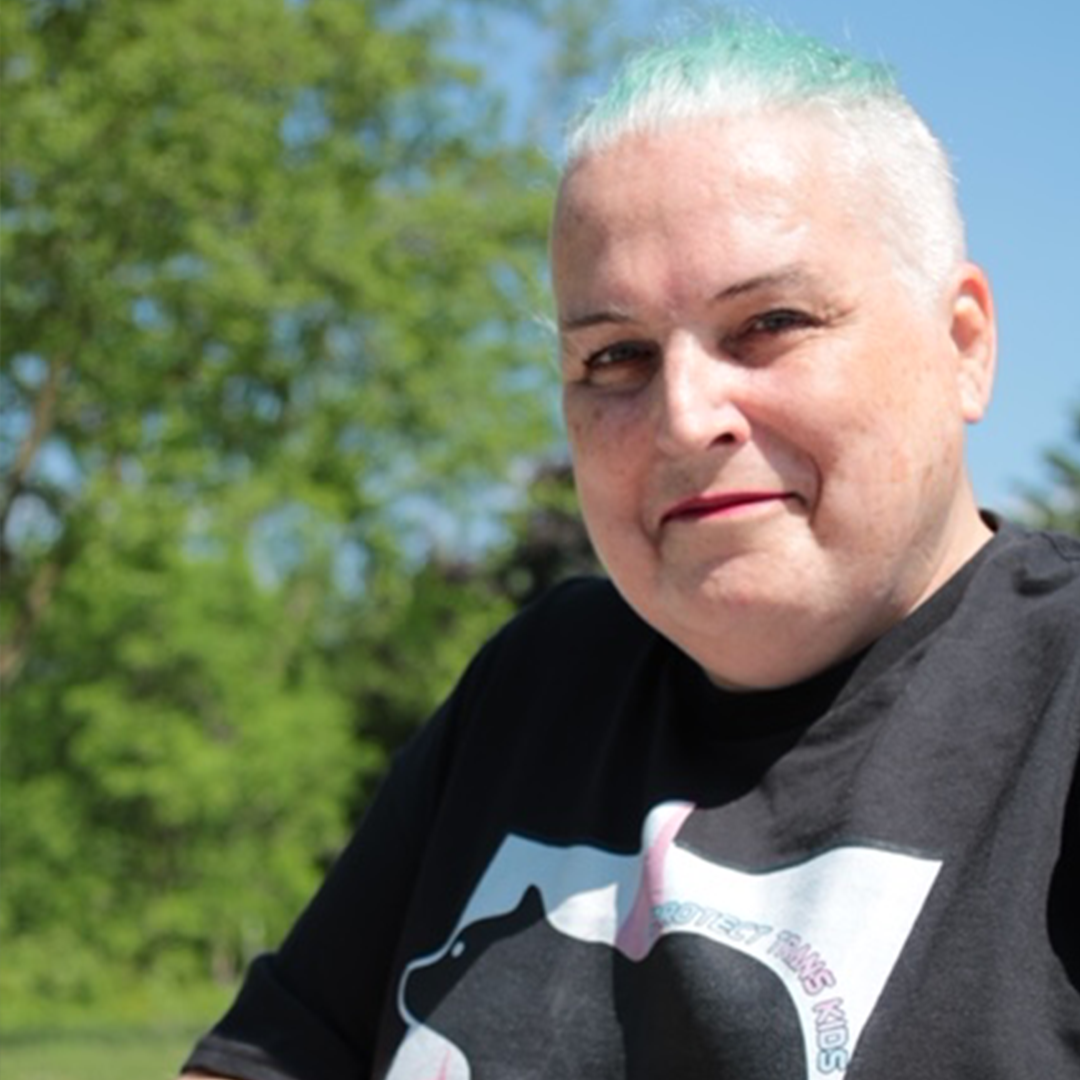
Cait Glasson
Fullmetal Feminist
Tell us about yourself
“I’m a trans woman. To me, that simply means that when I was born, the doctor looked at my body, and when he pronounced my gender, he was mistaken. It took me a number of years to fix that mistake.
When I transitioned, in 1992 at 26 years old, I lost everything. It was hard, the hardest thing I ever did, and it had a huge effect on my life. I lost my family, friends, job, career, home, everything.
But it was still the best decision of my life.”
What’s the best thing about being queer?
“The community. For all its flaws, which are the same ones as any other community, it’s a group of people who know what my life has been like, and who offer me love and support and empathy. It makes me proud to be a queer activist.”
What advice would you offer to 2SLGBTQIA+ identifying youth?
“Be who you are. I don’t mean generally, like ‘be a trans person’ or ‘be gay’. Don’t let anyone gatekeep the identity that is yours from you. Claim it, be it, rock it, love it.”
What advice would you offer to non-2SLGBTQIA+ youth who want to create a safer space?
“We need you to stand up. When we’re out people, the bigots turn their bigotry inward, and hide it from us, because they know we’ll stand up for ourselves. But they might think you’re one of them – make sure they know you’re not.
It’s one of the hardest things you’ll do. It takes courage to stand up in a group of people you want to like you, and call them out when they make anti-queer jokes or comments. The more you can do that, the more safer spaces you’ll help to create and maintain.”
Did you have a favourite school staff member growing up, and why?
“Dr. Brenda Shapiro, my 11th grade chemistry teacher. She was a South African woman who taught me a great deal about learning how not to be racist – something she’d been working on since she left the apartheid regime (this was 1982). We became fast friends, and I was devastated when she died of breast cancer about five years after I graduated.”
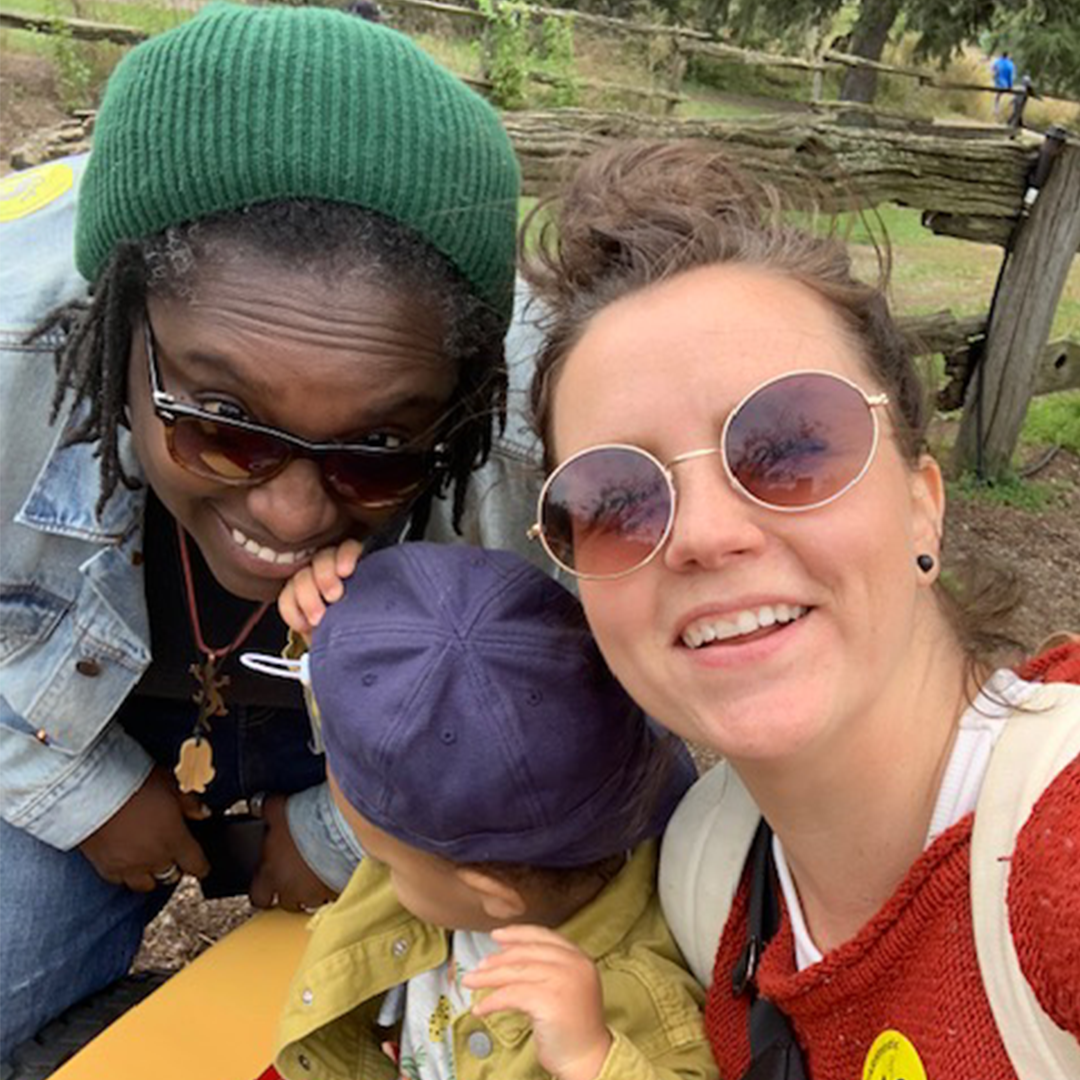
Rebecca Warren
Tell us about yourself
“I identify as a pansexual parent. Being pansexual is a recent realization for me. I had identified as a lesbian for many years, however after a great deal of personal reflection, I realized identifying as pansexual felt best for me.
What’s the best thing about being queer?
“Being true to me. Happiness, authenticity and joy are emotions that come to mind when I think about being queer.”
What advice would you offer to 2SLGBTQIA+ identifying youth?
“It’s okay to explore your identity as many times and as often as you want.”
What advice would you offer to non-2SLGBTQIA+ youth who want to create a safer space?
“Be curious, ask questions when you aren’t sure and listen. When you notice something, speak up.”
Did you have a favourite school staff member growing up, and why?
“My Interior Design teacher at the Community Centre. She was teaching and also studying for her Doctorate. She showed me that commitment to students and growth within yourself can happen simultaneously.”
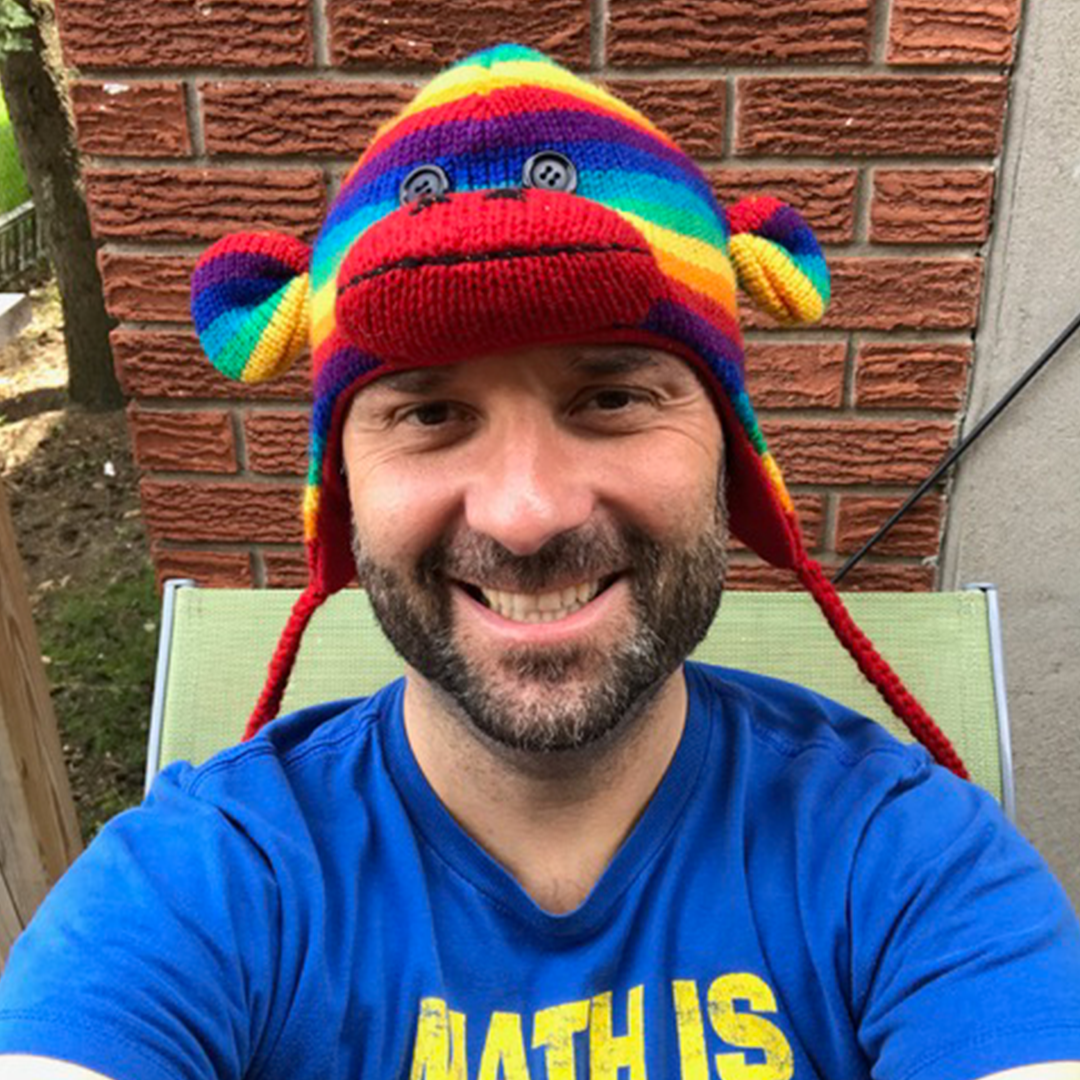
Shane Bauman
Queer and Christian
Tell us about yourself
“There are lots of words I could use to describe myself, but I will focus on two aspects of my identity that I really wrestled to reconcile: gay and Christian.
I have a deep connection with God and my faith has played an important role in my life since I was very young. For many years my faith seemed to be in conflict with my experience of being a gay man. However, for the last 15 years I have become very convinced that my connection with God is not limited by my sexuality and that I can experience God in my relationship with my husband.”
What’s the best thing about being queer?
“Although being queer can often make you feel on the outside of things, it can also give you a deep connection with other people. I love meeting other queer people and hearing their stories and finding things that we have in common.”
What advice would you offer to 2SLGBTQIA+ identifying youth?
“I would challenge you to be gracious with yourself. There can be a lot of pressure to figure things out and to have all the answers. People around you often pressure you to meet their standards so that you fit in. Be patient with yourself as you figure out who you are and care less about what other people think of you.”
What advice would you offer to non-2SLGBTQIA+ youth who want to create a safer space?
“I would challenge you to listen more and talk less. Ask questions. Seek to understand other people rather than declare your opinions or your thoughts.”
Did you have a favourite school staff member growing up, and why?
“One of my favourite teachers was Ingrid Bauman. She was my math teacher for two years. Although she wasn’t loud or dramatic, she had a passion for mathematics and she fostered my love of mathematics. As a result I am now a math lecturer at the University of Waterloo.”
2SLGBTQIA+ and living in Waterloo Region
This is part one of our 2SLGBTQIA+ and living in Waterloo Region series for Pride Month 2022. Stay tuned for parts two and three!
Categories: All Posts
